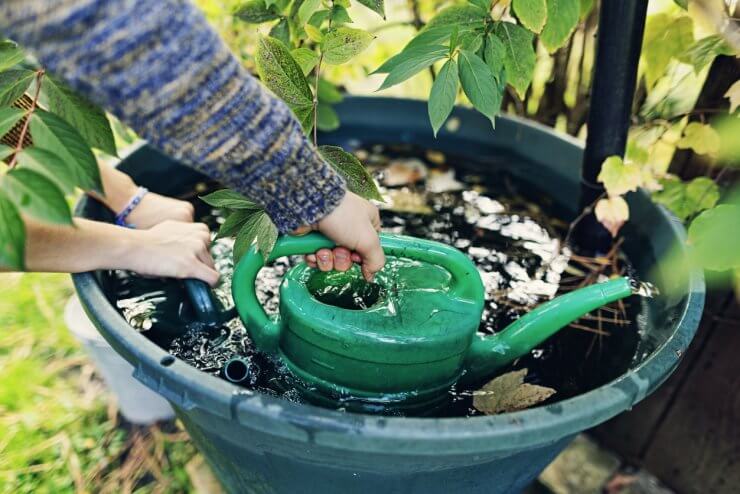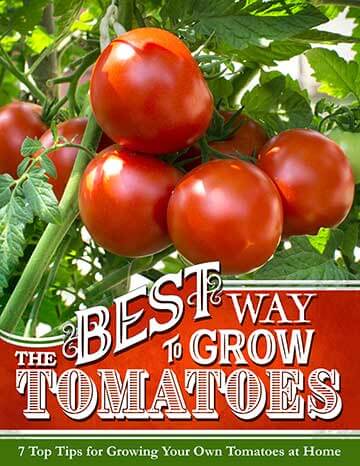
Water is the lifeblood of your garden because it fuels plant growth, nutrient absorption and overall vitality. However, with climate change causing more frequent droughts and water restrictions, relying on traditional methods isn’t always sustainable. If you want a thriving garden without wasting precious resources, it’s time to rethink how you source and use water.
Sustainable solutions like rainwater harvesting and drip irrigation help you conserve resources, lower your utility bills and keep your plants healthy. Making a few smart changes can create a productive and environmentally responsible garden.
Understanding Your Garden’s Water Needs
Did you know that outdoor water use makes up 30% of household consumption, and in drier regions, that number can skyrocket? If you’re not careful, your garden could be using more water than necessary — driving up costs and wasting resources. Several factors impact your plot’s thirst, including climate, soil type and plant choices. Hot, dry weather demands more irrigation, while sandy soil drains quickly, requiring more frequent watering.
The plants you grow also matter. For example, drought-tolerant varieties can slash your water use without sacrificing beauty. Deep watering encourages strong roots and reduces the need for constant irrigation, while frequent shallow watering leads to weak plants that dry out fast.
Wells and Boreholes
Are you thinking about digging a well for your garden? It can be a breakthrough for long-term savings, but there are a few things you need to consider. The feasibility depends on your location, water table depth and local regulations. Some areas require permits, and others may have restrictions on private wells.
Moreover, you’ll need to service the pump, filter out sediment and test the water regularly to prevent contamination. If you grow organic fruits and veggies, you’ll want to check for pH levels and potential pollutants to keep your soil and plants healthy. When done right, a well can give you a sustainable, off-grid source that keeps your garden thriving while cutting down on municipal water costs.
Greywater Systems
Greywater allows you to reuse water from your home to keep your garden lush. It’s the gently used water from your sinks, showers and washing machines. It’s safe for plants when used correctly and can significantly cut down on waste. In fact, primary wastewater treatment removes about 60% of suspended solids, while secondary treatment eliminates over 90%, making it a great option for irrigation.
Setting up a simple greywater system is easier than you think. You can divert sink or laundry water with a hose or install a basic filtration system to remove soap residue. Just be sure to avoid harsh chemicals and high-sodium detergents. Not all plants love greywater, but drought-tolerant shrubs, fruit trees and flowers thrive on it. With the right setup, you can save money and keep your garden hydrated.
Drip Irrigation
If you’re still using sprinklers, you could be wasting money without realizing it. Unlike sprinklers that spray water everywhere — leading to evaporation and runoff — drip irrigation delivers water directly to plant roots. A study found that switching to this method reduces water use by 37% and cuts fertilizer costs by 25% since nutrients stay in the soil instead of washing away.
Setting up a DIY drip system is easier than you think. Plan your layout, run half-inch tubing for the main line and connect one-fourth tubing to individual plants. Then, install a filter and pressure regulator to prevent clogs and attach emitters based on plant needs. Once connected to a source — like a spigot or rain barrel — you’re set for effortless irrigation.
Rainwater Harvesting
You can collect rainwater for free and use it to keep your garden thriving. Unlike tap water, it is naturally soft and free from chlorine by-products, making it better for delicate flowers, veggies and acid-loving crops like blueberries. Plus, it helps cut down on your bill and makes your plot more sustainable.
Setting up a rain barrel or storage tank is easy. Place a barrel under a downspout, add a mesh screen to keep out debris and install a spigot for easy access. If you want to go bigger, a cistern with a filtration system can store more water for long-term use. To keep it safe, avoid collecting runoff from treated roofs, clean your barrel regularly and use the water within a few weeks to prevent stagnation.
Mulching and Soil Management
Mulching is one of the easiest and most effective ways to lock in moisture, reduce evaporation and regulate soil temperature. A thick layer of mulch helps the soil stay cool in summer and warm in winter, meaning your plants get more consistent moisture without drying out too quickly. Mulching boosts soil water availability by preventing loss and improving absorption.
For the best results, use organic mulches like shredded leaves, straw, wood chips or compost. They slowly break down to enrich the soil and aid water retention. You can also add compost and organic matter to enhance your soil’s ability to hold moisture naturally. With the right mulch, you’ll save time and create a healthier, more resilient garden.
Simple Ways to Start Saving Water in Your Garden
Saving water in your garden doesn’t have to be complicated. Small changes like using mulch, collecting rainwater or switching to drip irrigation can make a big impact. Start with one simple step today and you’ll cut down on waste and create a more sustainable garden.
Discover 7 top tips for growing, harvesting, and enjoying tomatoes from your home garden—when you access the FREE guide The Best Way to Grow Tomatoes, right now!




